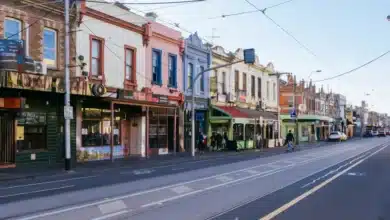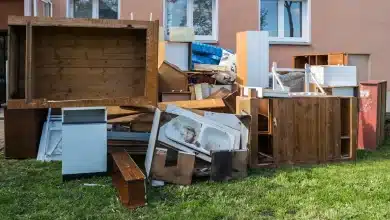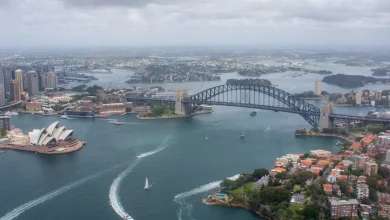What is Sydney’s Average Rent in 2023?
The median weekly rent in Australia varies significantly depending on location, with the national median being $570 across all dwellings as of 2023. Capital cities have a higher median of $594 per week.
Nationally, the median weekly rent is $582 for houses and $540 for units. In combined capital cities, it is $615 for houses and $550 for units.
Sydney and Canberra are currently Australia’s most expensive cities for renters. Sydney also has the highest house prices, while Darwin is the cheapest city to purchase property.
According to CoreLogic, the national rental index has increased 10.1% over the past 12 months. This indicates a very tight rental market across the country.
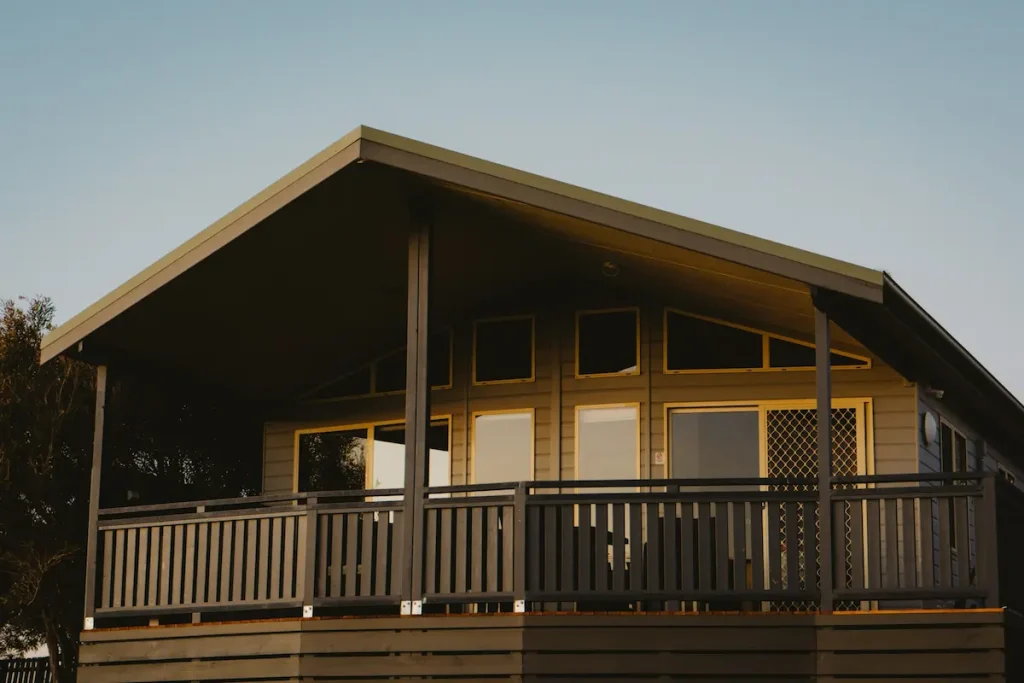
Sydney Rental Prices
In New South Wales, Sydney has a rental vacancy rate of 1.2%. This is well below the 3% benchmark for a balanced rental market, indicating strong demand from renters.
The average weekly salary in Sydney is $1,810.20. This provides a buffer for some renters, but housing affordability remains a major issue.
The median weekly rent for a house in Sydney is $747. For a unit, it is $648.
This makes Sydney the most expensive Australian city for rental housing. House rents are 22% higher than the national median for capital cities. Sydney’s unit rents are 18% above the combined capital city median.
The low vacancy rate indicates strong demand in the Sydney rental market. Rents are likely to continue rising with high competition for limited rental stock.
Suburbs with the highest and lowest median rents
Within Sydney, there is significant variation in weekly rents by suburb.
The most expensive suburbs for median house rent are Vaucluse ($1850), Dover Heights ($1650) and Mosman ($1618).
For units, Milsons Point ($1462), Point Piper ($1205), and Bondi Beach ($1160) have the highest median.
The cheapest areas for median house rent include Tregear ($480), Airds ($490), and Ambarvale ($500). For units, median rents start from $420 in Blackett, $428 in Bidwill and $430 in Emerton.
So, there can be over $1300 per week difference in median rents across the Sydney metropolitan area. Proximity to the CBD, lifestyle amenities, and public transport contribute to higher costs in many suburbs.
Factors influencing Sydney’s rental prices
Several factors are driving Sydney’s expensive rental market:
- Strong population growth is putting pressure on housing demand. Sydney’s population increased by over 250,000 people from 2016 to 2021.
- Limited housing supply and construction. New dwelling completions are not keeping pace with population growth. Restrictive planning laws contribute to this shortage.
- High costs of property ownership. With Sydney’s median house price around $1.3 million, renting is the only option for many residents. Even units have a median price of over $800,000.
- Job growth in Sydney attracts new residents. Major employment sectors like financial services, technology, healthcare, and education are concentrated in the city.
- The desirability of living close to the CBD and lifestyle attractions. Proximity to work, entertainment precincts, and amenities like beaches and parks commands a premium.
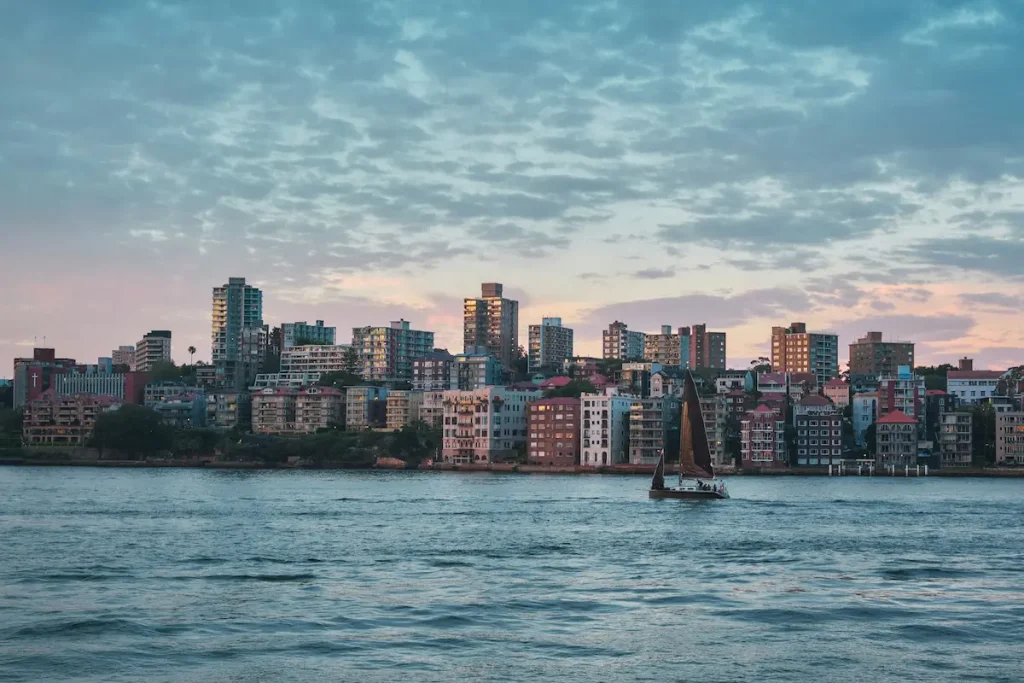
Government policies influencing rents
Government policies at the state and local levels have a significant impact on Sydney’s rental market.
Planning and zoning
Land use regulations and zoning imposed by state and local governments constrain opportunities for new housing supply and densification in existing areas. Limiting development opportunities restricts rental stock availability and increases competition for rentals. Reform of planning systems to allow greater housing development would assist rental affordability by stimulating new supply.
Taxes and charges
Taxes and infrastructure charges levied on developers and builders by state and local governments increase construction costs. These costs are passed on through to higher rents for tenants. Stamp duty, land tax, and council rates also contribute to ownership costs, incentivising landlords to maximize rents. Reducing or abolishing certain developer taxes and charges could lower costs and improve housing affordability.
Rent control
Policies that cap rent increases reduce landlord returns on investment properties. This limits the incentive to construct new rental stock. However, forms of rent control protect vulnerable tenants from excessive rent hikes and displacement. Balancing incentives for supply growth and protections for renters is required in designing appropriate rent control mechanisms.
Short-term rental regulation
Regulations limiting short-term rental lets through platforms like Airbnb decrease the overall rental accommodation supply. However, limiting short-term rentals can free up properties for long-term tenants. Finding the right regulatory balance is important to moderate the growth of short-term rentals while maintaining adequate long-term rental supply.
Home buyer incentives
First-home buyer grants and stamp duty concessions stimulate demand for dwellings, reducing the availability of rental stock. Investor tax incentives like negative gearing also stimulate property demand. Policymakers should consider impacts on rents when designing home buyer incentives.
Social and affordable housing investment
Funding social housing and affordable dwellings for key workers increases lower-cost rental availability. This assists with housing cost pressures for lower-income renters. Ongoing investment is required to expand affordable rental stock.
Integrated approach needed
A more coordinated policy approach between different levels of government is required to improve rental affordability over the long term.
Enjoying this article? Read: Best Suburbs in Australia to Get the Highest Rent
Renter demographics
The profile of renters in Sydney provides insights into which groups are most affected by rising rental costs. In recent years, the proportion of households renting has increased across most age groups. However, younger adults are still the most likely to rent rather than own their home.
People aged 20-34 make up almost half of all Sydney renter households. High housing prices prevent many young people from entering home ownership until later in life. Young professionals earning decent incomes are forced to rent in desirable inner-city locations due to a lack of deposit savings. Sharply rising rents are cutting into the spending power of young renters.
Singles and couples without children are the dominant household types among renters, followed by couples with children and single-parent families. Share housing is increasingly common for young single renters to reduce costs.
Key worker occupations like nurses, police, teachers, and hospitality workers make up a sizeable share of renters. Their average wages make it difficult to afford steep rents, especially for those with dependents. Older renters on fixed incomes also struggle with growing housing costs.
Overall, Sydney’s rental crisis most severely impacts younger households, key workers, and lower income families. Demand for affordable rentals far outstrips supply. The rental squeeze has pushed more households into housing stress and risk of homelessness.
Outlook for Sydney rents
Current indicators suggest Sydney rents will remain high in the near future. Interstate migration after the pandemic is adding to housing demand. Population growth is forecast to pick up again in 2024.
With Sydney’s economy rebounding strongly, rental demand is likely to be sustained. Rents are expected to grow at least 10% in 2023.
Further increases in interest rates and cost of living pressures may dampen rental growth. But without major boosts to new supply, vacancy rates below 2% will continue to put upward pressure on rents.
With affordability issues for renters worsening, more government focus is needed on policies that increase rental housing supply.
Improving renter protections can also assist those struggling with high housing costs. But Sydney’s popularity ensures rental demand will continue to be strong over the next few years at least.
Wrapping Up
Sydney’s rental market is likely to remain tight for the foreseeable future. Median weekly rents for houses and units will continue to rise faster than wage growth. A coordinated policy approach is essential to improve rental affordability.

